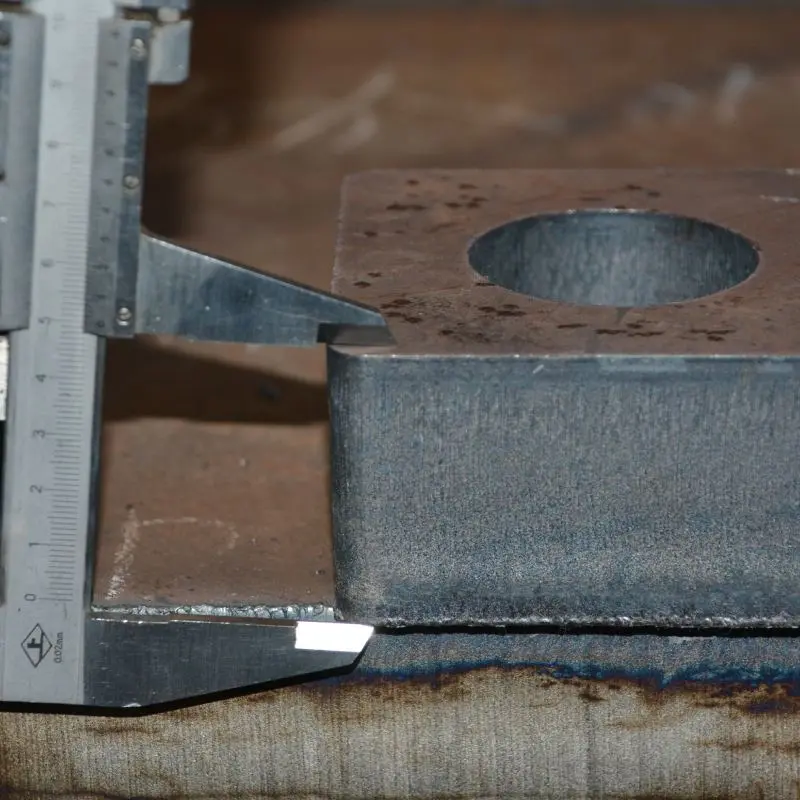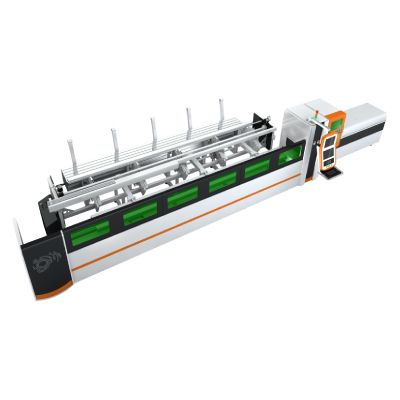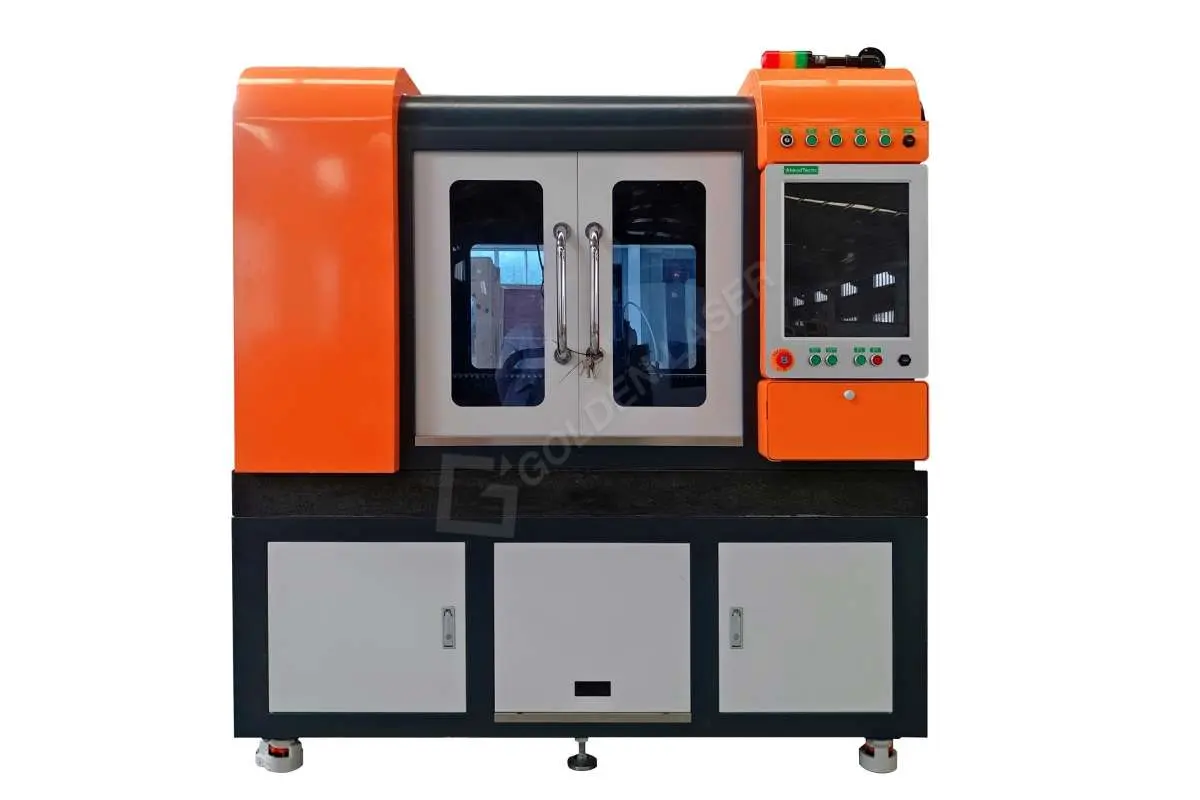****
In today’s fast-paced industrial landscape, the demand for precision and efficiency continues to rise, particularly in sectors involving metalwork and fabrication. Among the most vital tools in these industries is the iron cutting machine. This equipment plays a crucial role in enhancing productivity while ensuring that the final products meet stringent quality standards. As technology advances, these machines are becoming more sophisticated, incorporating features that improve both functionality and user experience. This article will dive deep into the various types of iron cutting machines, their applications, and the benefits they provide to manufacturers and fabricators alike.

Exploring the Advanced Features and Benefits of Modern Iron Cutting Machines for Industrial Applications
Types of Iron Cutting Machines
Iron cutting machines come in various forms, each designed to meet specific operational needs and requirements. Some of the most common types include:
1. **Band Saws**: These machines use a blade that consists of a long, continuous band of metal with serrated teeth. Band saws are versatile and can cut through thick and hard iron effortlessly, making them ideal for both straight and intricate cuts.

Exploring the Advanced Features and Benefits of Modern Iron Cutting Machines for Industrial Applications
2. **Shearing Machines**: Designed for cutting sheets of iron, shearing machines use a scissor-like action to apply shear force, which effectively slices through metal without generating excessive heat. This method maintains the integrity of the material being cut.
3. **Plasma Cutters**: Plasma cutting machines utilize a high-velocity jet of ionized gas to slice through iron and other metals. This technique offers high precision and is commonly used for more complex designs where traditional methods may fall short.

Exploring the Advanced Features and Benefits of Modern Iron Cutting Machines for Industrial Applications
4. **CNC Machines**: Computer Numerical Control (CNC) machines take automation to another level. These machines allow operators to program intricate cutting patterns and operations, ensuring uniformity and reducing human error.
5. **Angle Grinders and Cut-off Saws**: Versatile and portable, angle grinders and cut-off saws are commonly used for smaller, less complicated cuts. While not specifically designed for heavy-duty cutting, they are invaluable for various on-site tasks.
Applications of Iron Cutting Machines
Iron cutting machines serve a wide range of applications across various industries. Some notable sectors include:
– **Construction**: In construction, iron cutting machines are essential for fabricating rebar and structural components. The ability to cut iron to precise specifications reduces waste and helps in maintaining project timelines.
– **Automotive Manufacturing**: The automotive industry relies on iron cutting machines for manufacturing parts, frames, and components. Precision cutting ensures the proper fit and function of parts, which is critical for safety and performance.
– **Shipbuilding**: With the need for heavy-duty iron materials, shipbuilding companies utilize advanced cutting machines to shape large sheets and components accurately, making assembly easier and quicker.
– **Art and Sculpture**: Artists and sculptors also benefit from iron cutting machines, using them to create intricate designs and artwork from metal. The precision and versatility offered by modern machines enable creative expressions that were once challenging to achieve.
Benefits of Using Iron Cutting Machines
1. **Increased Efficiency**: Automating the cutting process speeds up production time and allows companies to meet tight deadlines. This efficiency translates into elevated output levels, enabling manufacturers to fulfill larger orders.
2. **Enhanced Precision**: With advanced technologies, modern iron cutting machines can achieve remarkable degrees of accuracy. This capability is especially beneficial in industries where tolerances can make significant differences in product quality.
3. **Reduced Material Waste**: Precise cutting methods lead to less scrap material, lowering costs for manufacturers. This reduction in waste also aligns with sustainability goals, making it an environmentally friendly choice.
4. **User-Friendly Operation**: Many modern machines are designed with operator comfort and ease in mind. Improved interface designs, safety features, and automation reduce the training time required for new operators and minimize the risk of injury.
5. **Versatile Functionality**: Many iron cutting machines are designed to tackle multiple tasks, reducing the need for various pieces of equipment. This versatility makes it easier for companies to adapt to changing demands.
Conclusion
In conclusion, iron cutting machines are indispensable tools in various industries. As they continue to evolve with technological advancements, they offer enhanced performance, increased efficiency, and unmatched precision. Investing in these machines can provide significant long-term benefits for manufacturers, helping them stay competitive in a challenging marketplace. As industries grow and technology progresses, the role of iron cutting machines will undoubtedly become even more crucial in shaping the future of manufacturing and fabrication. Zinc Laser Cutting Machine

